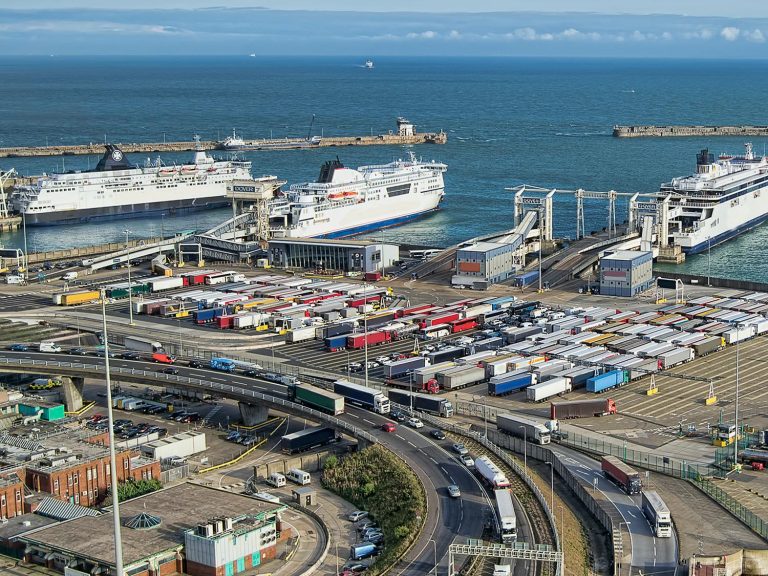
Date:
Export declarations start CDS migration
HMRC data showed that more than a quarter of businesses had not signed up to their new Customs Declaration Service (CDS) at the start of the year and with the migration already started thousands of businesses could potentially find themselves cut adrift and unable to export.
CDS has been in development since before the UK voted to leave the EU in 2016 and was originally intended to launch before Britain left the EU, replacing the ageing Customs Handling of Import and Export Freight (CHIEF) system, but it was delayed till 2018 because the system was not ready and is now being rolled out for importers and exporters, with the transition due for completion by this November.
The migration from paper-based rules on CHIEF, to data processing rules on CDS was scheduled in two stages, with import declarations moving on the 30th September 2022, while exports, which were due to migrate on the 31st March 2023, had their final deadline extended to the 30th November 2023.
At the start of the year data showed that more than a quarter of businesses had not signed up to CDS and could potentially find themselves unable to export, with HMRC now contacting traders to raise awareness of the absolute deadline and the need to register for the service.
Our clients have been migrated onto the CDS platform, which is staging the transition process, so that different groups will start making export declarations through CDS at different times:
March 2023 – Non-inventory linked ports, operating Goods Vehicle Movement Service (GVMS) are accepting CDS declarations. We are switching from CHIEF export customs entry format to the CDS Movement reference number (MRN) for GVMS applications.
September 2023 – Export declarants using inventory-linked ports and Designated Export Place (DEPs) will be contacted with details of how to start making export declarations through CDS from September.
November 2023 – All export declarations will be made through CDS.
CDS EXPLAINER:
- You will note that ports are referred to as inventory linked and non-inventory linked.
- The Metro Customs Team have links to sea ports around the UK, which are used for inventory and non-inventory linked UK customs clearances.
- Dover and Eurotunnel, like most RoRo ports are not inventory linked, which means we submit entries to customs and inform the driver/port of the entry’s details.
- For inventory linked ports like Liverpool, Purfleet and Sheerness the customs declaration we submit is linked to the port inventory system, which means the customs release status on the port system is automatically updated by customs.
- Ports including Felixstowe, Harwich, Portsmouth and Tilbury use a hybrid mix of non inventory-linked and inventory linked, depending on the berth the vessel is going to.
- For exports using GVMS there are specific declaration requirements, that depend on the port of export and ferry operator.
It is critical to note that some of the export declaration changes are complex, requiring specific actions and CDS requires far more data and specific information than CHIEF, which may involve changes to your commercial documentation.
Our team can outline how your exports are affected and what actions are necessary to protect your outbound traffic flows.
Metro clients have been migrated onto the CDS platform and are supported by our customs brokerage team, but you must hold a valid GB EORI and be registered on the Government Gateway to use CDS.
If you have not registered for CDS, or are uncertain how it applies to you, we can guide you through the changes and actions required.
EMAIL Andy Fitchett, Brokerage Manager, for further information, or to discuss your situation.
